
Interview! Gary Willoughby, President & CEO of SPCA Serving Erie County
October 20, 2018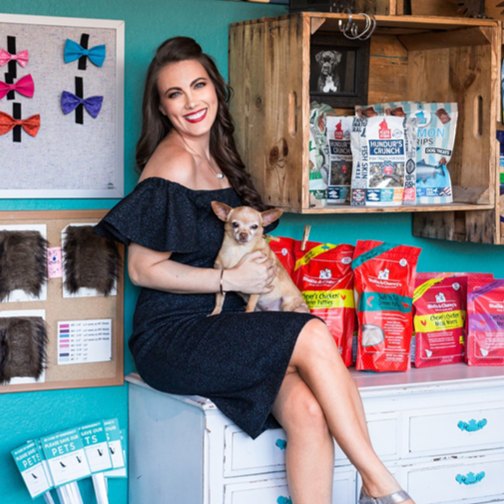
Interview! Liz Illg, Owner of Puff & Fluff Grooming & Pet Sitting
October 27, 2018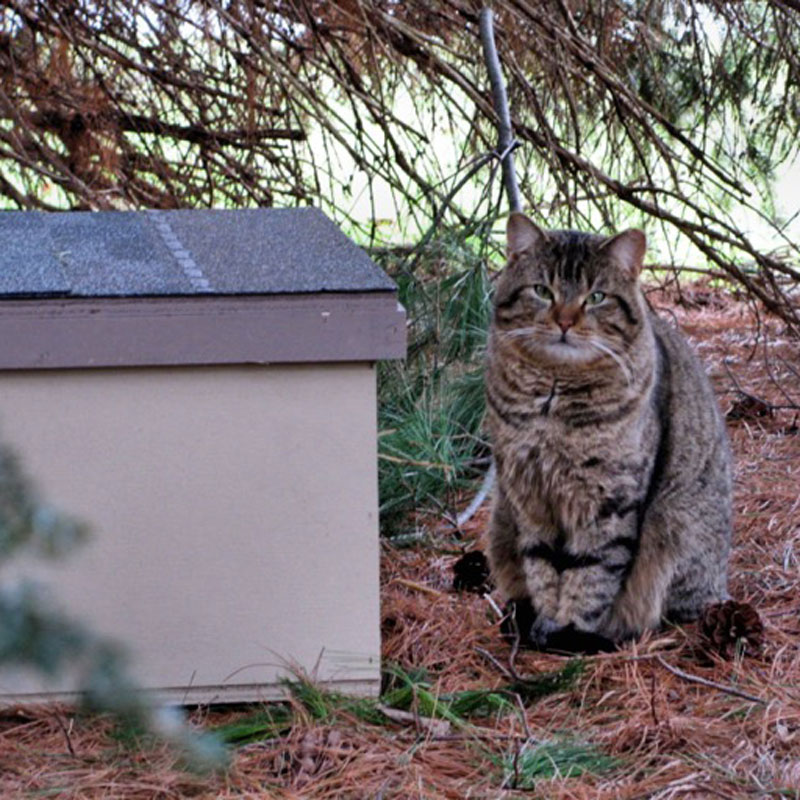
In response to our September 24th post about preparing your community cat shelters for the winter, we got a great email from Chris Bralick of Indiana’s Elkhart County Feral Cat Coalition. Chris wanted to share their “Community Build” feral/community cat shelter-building project with us (called 4 Paws 4 Walls), and we thought it was such a great idea that we “interviewed” Chris by email. Read Chris’s answers to our questions below—we bet you’ll find this project as inspiring as we did!
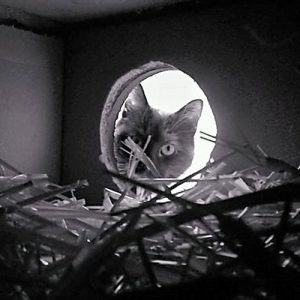 Chris, can you tell us a bit about your organization?
Chris, can you tell us a bit about your organization?
We started our TNR organization, the Elkhart County Feral Cat Coalition in March of 2009. At first we just trapped and spayed/neutered. Then as we got more experience and the program grew, we wanted to focus on other areas where the cats needed help. One area we have expanded is our outdoor winter shelter building. We went from making and distributing the foam shelters to gradually going to plywood ones. Currently we have five stores in our area that display and/or sell the shelters. We charge a minimal fee in order to buy material to make more. If someone cannot afford a shelter, we put out a plea for someone to sponsor their colony and we have never had to deny anyone a shelter. For three years we have partnered with our local Habitat for Humanity of Elkhart County to host a public “Community Build.” The number of volunteers who turn out each year is amazing! Our largest group was 73 volunteers who put together, painted, and foamed 150 shelters in one day.
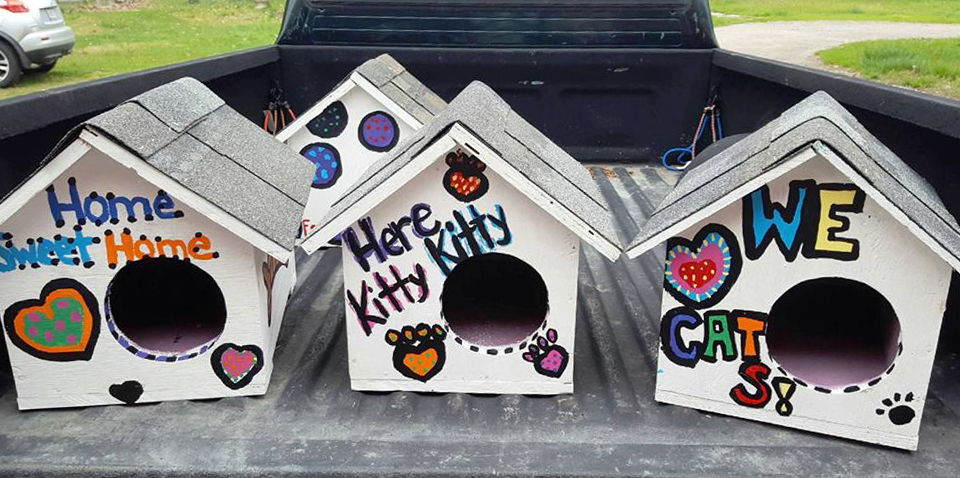
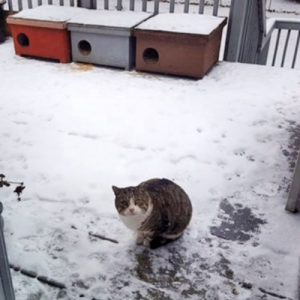 You recently emailed me about a large project that you have building hundreds of shelters for community cats in your area. Why is this program so important and how did you set it up?
You recently emailed me about a large project that you have building hundreds of shelters for community cats in your area. Why is this program so important and how did you set it up?
We currently distribute between 250–300 shelters a year. While doing TNR work in our area, where the winters can be brutal, we saw a lot of cats that desperately needed outdoor shelter. So we dove in, soliciting donations for material where we could to start up. We are very lucky that we have a local plywood company that donates a lot of material for us to use. If we run low, we do have to buy the material ourselves, but the sales of the shelters make the program self-supporting so we can continue. Since then, we have had several other companies donate things like paint, shingles, and labor (although most of the labor is performed by volunteers—it is truly a labor of love!).
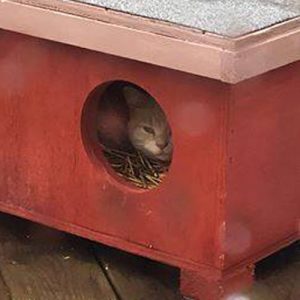 Do you think other groups across the country could implement this kind of program?
Do you think other groups across the country could implement this kind of program?
We would LOVE to see other groups implement a similar program in their area. We get a LOT of inquiries when we post about the program and the shelters available—people wanting blueprints or drawings. We will probably put all of that information on our website for reference. The shelters we make are pretty simple—we wanted it that way so we could mass produce. We also insulate them and shingle the roof for warmth and protection. By doing this project, which we call “4 Paws 4 Walls,” we know we have helped house thousands of cats during the winter. People who live as far away as Ohio, Illinois, and Kentucky have gotten our shelters when visiting our area and have taken them back to their outdoor cats. We were also featured in an Alley Cat Allies newsletter about our shelter program and collaboration with other groups and businesses. Starting this program and now having it continue to grow is a LOT of hard work. Our motto is: “Failure is not an option”! Be prepared to work long and hard to get something like this going. But, of course the reward is seeing all of the pictures that people send us of their cats using the shelters we have provided.
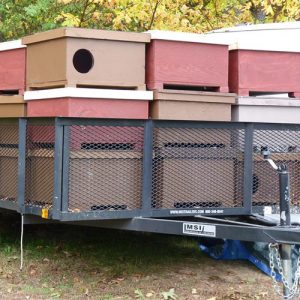 What is life like for a community cat in your area?
What is life like for a community cat in your area?
Life for a community cat was rough when we first started. The ECFCC introduced TNR first in our area (upper central Indiana) nine and a half years ago. We had a lot of hurdles to overcome and a lot of education was needed to get people to understand how TNR works. We got TNR passed in our county ordinance, but some towns are still not on board—but we are hopeful that will change some day. We know things ARE changing though. We recently attended an event and everyone we asked if their outdoor cats were fixed, they said yes! Nine and a half years ago when we first started, everyone said no!
If people have questions, how can they reach you?
People can reach us by email at elkhartferalcats@gmail.com, or message us on our Facebook page. ECFCC also has a website:elkhartferalcats.org.




